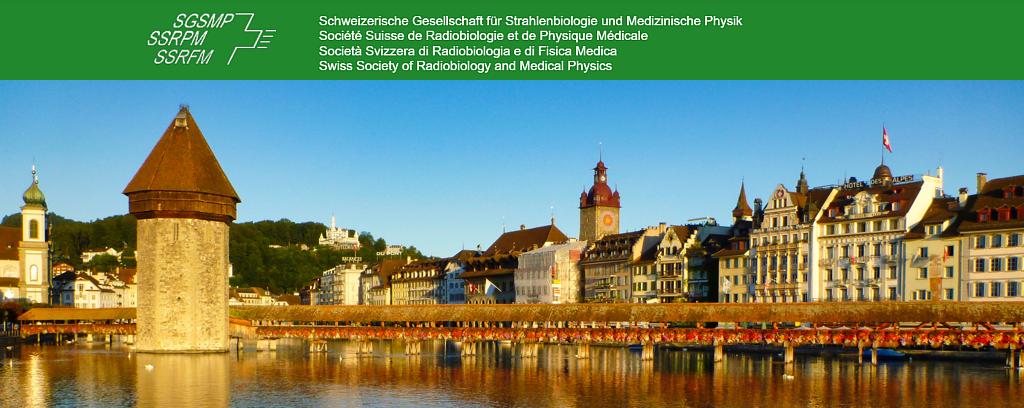Speaker
Description
Purpose:
Rescanning, gating, and breath-hold are promising approaches for realising proton therapy treatments of moving targets, but decrease delivery efficiency, lengthening treatment delivery time. In PBS (Pencil Beam Scanning) proton therapy, two factors influence the treatment delivery time: the beam-on time and the dead time, which is the time required for energy-layer and spot-position adjustments. Several studies demonstrated that ridge filters (RFs) effectively decrease the dead time by reducing the number of energy layers and therefore of spots. Further, the use of different spot placement techniques can reduce dead time by minimizing the number of spots required. However, clinics use different spot placements, with no consensus on the optimal one, and RFs are not employed clinically in PBS proton therapy. In this study, we examined the advantages and limitations of combining a RF with various spot placement techniques to reduce the delivery time without compromising the plan quality, to pave the way for a future clinical implementation.
Methods:
We created treatment plans on a cohort of 12 different patients affected by lung tumors assuming a RF that broadens the Bragg peak into a Gaussian shape, in combination with a fixed grid-based spot placement technique (FG configuration), an energy-dependent technique based on the beam’s size in air (A configuration) and in water (W configuration). These configurations were compared in terms of plan quality and clinical acceptability.
Results:
Results indicated that FG plans showed the best performance. The A and W plans, instead, performed poorly, with W plans providing the worst results and not yielding any acceptable plans due to the treatment planning system being constrained by a limited number of degrees of freedom.
Conclusion:
In conclusion, by combining RF-broadened Bragg peaks with a spot placement algorithm based on a fixed grid, we can obtain treatment plans with good clinical quality and significantly reduce delivery time, improving the overall quality of the treatment, and thus potentially increasing 4D treatment feasibility.

